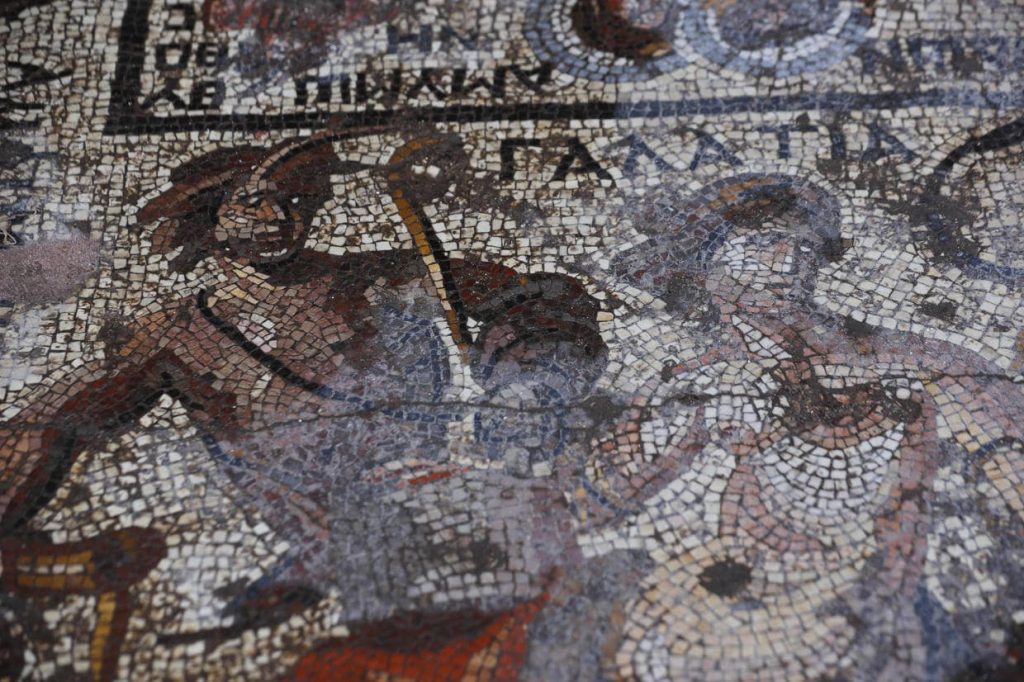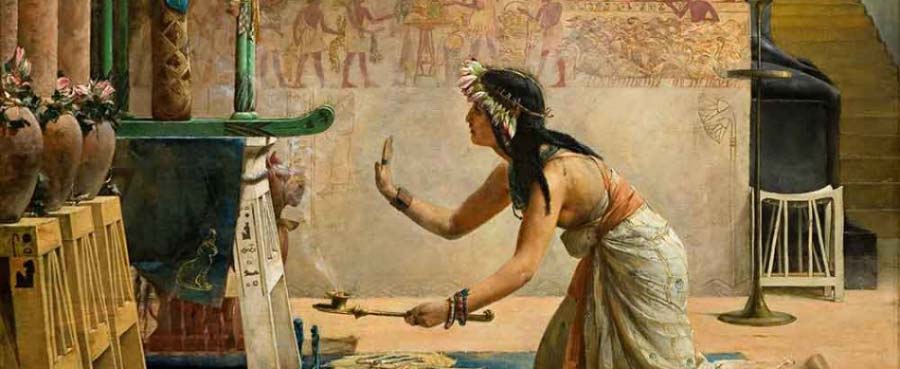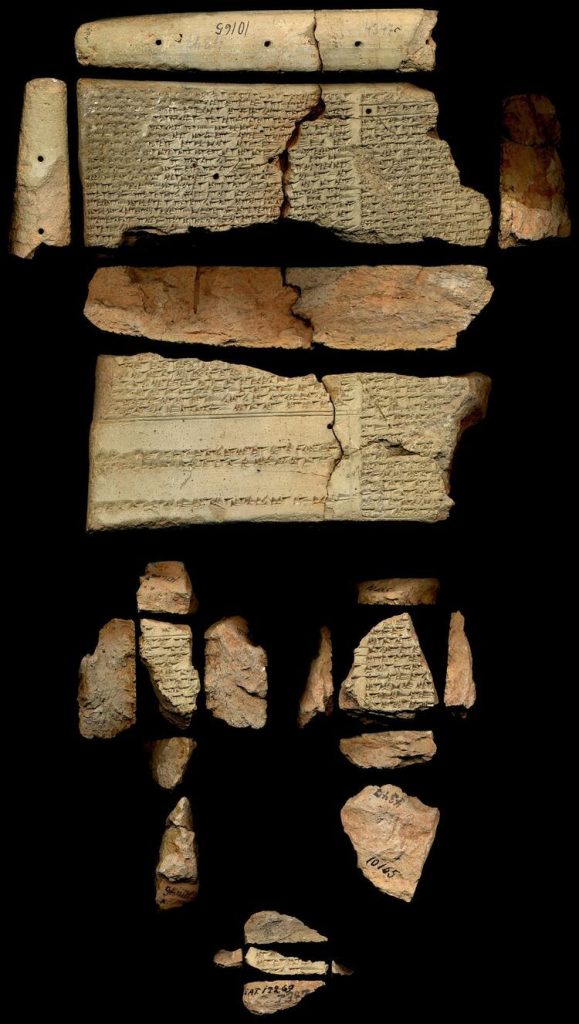Scenes from Troy: Roman-era mosaic discovered in Syria
A largely intact mosaic was uncovered in Rastan near Homs. Rich in details, it shows scenes of the Trojan War and is about 1,600 years old.

The most recent archeological find in Syria
The mosaic is "not the oldest of its kind, but it is the most complete and rare," Humam Saad, who is in charge of excavations and archaeological studies in Syria at the General Directorate of Museums and Antiquities, said Wednesday. He added that there is "no other like it." Among other things, it shows scenes of the Trojan War.
The mosaic, about 20 meters long and six meters wide (66 x 20 feet), was found under a building in Rastan, a city in the northern Syrian governorate of Homs. Rastan, a rebel stronghold, saw fierce fighting in the Syrian war. In 2018, Homs was recaptured by the Syrian government after years of civil war.
The mosaic also portrays Neptune, the ancient Roman god of the sea, and 40 of his mistresses.
Plans to continue excavations
Part of the mosaic was reportedly discovered under a house several years ago, while opposition members were digging tunnels during the civil war.
The site, which dates back to the 4th century, was donated to the Syrian government after being bought by Syrian and Lebanese businessmen with ties to the Nabu Museum in neighboring Lebanon.

There might be more to discover underneath the neighboring buildings
Archaeologist Saad told news agency AP, "We can't identify the type of the building, whether it's a public bathhouse or something else, because we have not finished excavating yet."
There is speculation that the mosaic may actually be larger still, with trustees from the Nabu Museum voicing hope that they will be able to purchase other buildings in Rastan with an eye to securing further heritage sites.
Archaeological finds endangered in Syria
During the civil war, many important archaeological sites in Syria were destroyed and looted. The oasis city of Palmyra is the best-known example: The terrorist organization Islamic State (IS) blew up the 2,000-year-old cultural monuments of Palmyra because they saw them as buildings of "infidels."
But some rebels also sought to cash in on such items of cultural value. Syrian archaeologist Saad told the Associated Press that rebels had tried to sell parts of the mosaic illicitly online in recent years.
Syria uncovered a large intact mosaic that dates back to the Roman era, in the central town of Rastan, describing it as the most important archaeological discovery since the conflict began 11 years ago.
The mosaic, which shows ancient Amazon warriors, 120 square meters (around 1,300sq ft), was found in an old building that was under excavation by Syria’s general directorate of antiquities and museums.
The property, which dates back to the 4th century, was purchased by Lebanese and Syrian businessmen from the neighboring country’s Nabu Museum and donated to the Syrian state. Each panel was filled with square-shaped, small, colorful stones about a half-inch on each side.
Dr. Humam Saad, Associate Director of Excavation and Archaeological Research at Syria’s General Directorate of Antiquities and Museums, said the mosaic shows the Ancient Amazon warriors as portrayed in Roman mythology.

In Ancient Greek and Roman mythology, the demigod hero Hercules killed Hippolyta, the queen of the Amazons, in one of his 12 labors. The mosaic also portrays Neptune, the Ancient Roman god of the sea, and 40 of his mistresses.
“What is in front of us is a discovery that is rare on a global scale,” Saad told The Associated Press, adding that the images are “rich in details,” and includes scenes from the Trojan War between the Greeks and Trojans.
“We can’t identify the type of the building, whether it’s a public bathhouse or something else, because we have not finished excavating yet,” Saad told the AP.
Sulaf Fawakherji, a famous actress in Syria and a member of the Nabu Museum’s board of trustees said she hopes they could purchase other buildings in Rastan, which she says is filled with heritage sites and artifacts waiting to be discovered.
“There are other buildings, and it’s clear that the mosaic extends far wider,” Fawkherji told the AP.

“Rastan historically is an important city, and it could possibly be very important heritage city for tourism.”
Over the past ten years of ongoing, violent conflict, Syrian heritage sites have been looted and destroyed. The Islamic State group captured Palmyra, a UNESCO world heritage site with 2,000-year-old towering Roman-era colonnades and priceless artifacts, and partially destroyed a Roman theater.
After seizing it from armed opposition forces in 2016, Syria’s cash-strapped government has been slowly rebuilding Aleppo’s centuries-old bazaar. Before the Syrian government reclaimed the city in 2018, Rastan was a significant opposition stronghold and the scene of violent clashes.
Cover Photo: People look at a large mosaic that dates back to the Roman era in the town of Rastan, Syria.
OMAR SANADIKI
\











